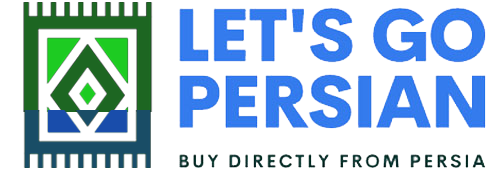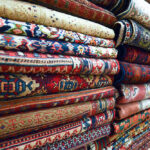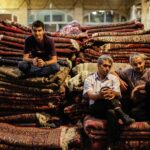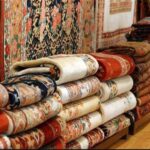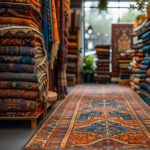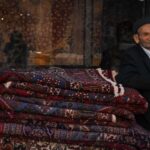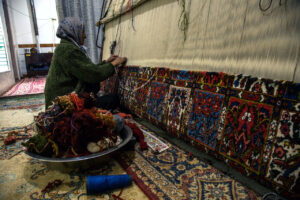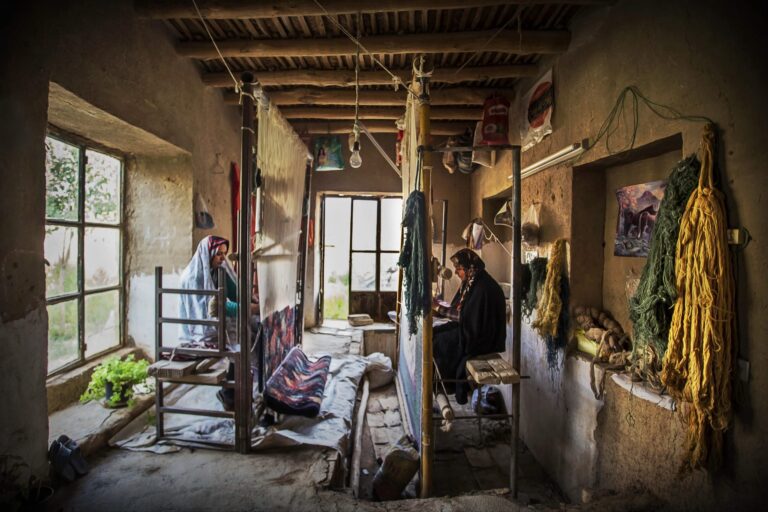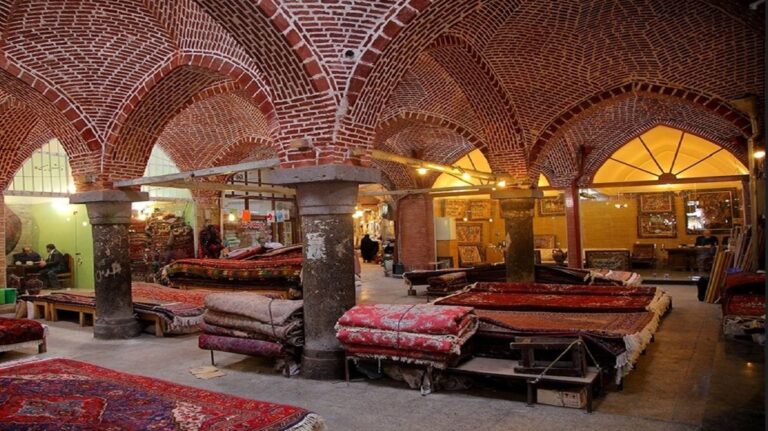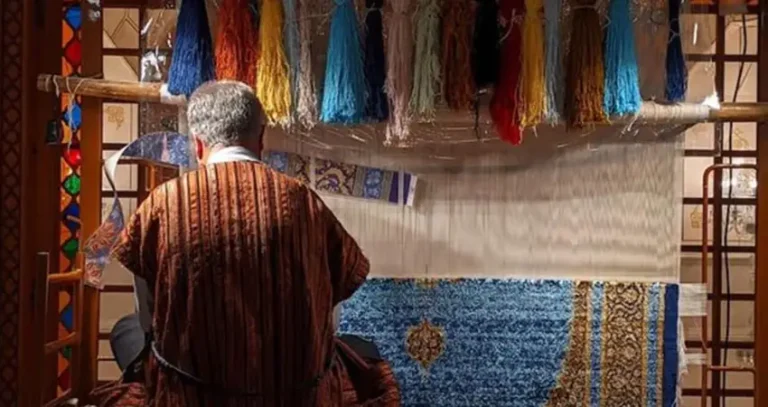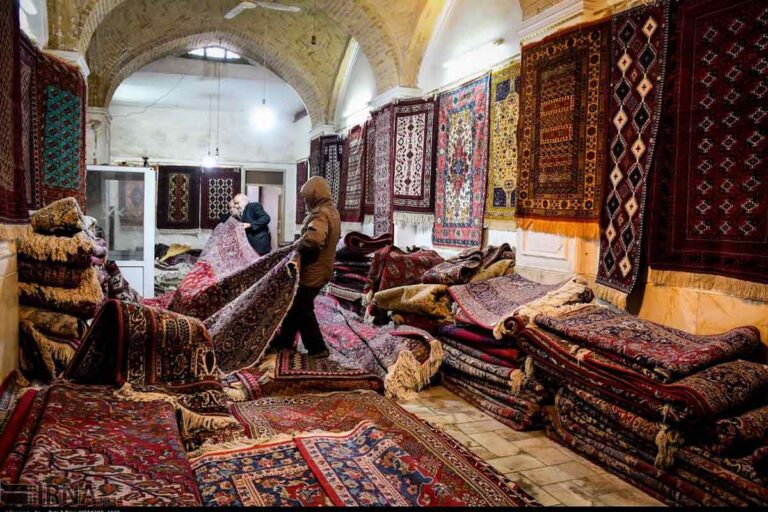Modern Interpretations vs. Traditional Styles in Persian Carpet
Impact of Nomadic vs. Urban Weaving Traditions in Persian Carpet
How Regional Characteristics Influence the Value and Collectability of Persian Rugs
Persian rugs are revered not only as beautiful works of art but also as prized investments. Their market value and collectability stem from a complex interplay of materials, craftsmanship, design, and historical provenance. Each rug center in Iran brings its own unique narrative—shaped by centuries of cultural exchange, regional artistry, and evolving techniques. In this expanded study, we explore how these regional characteristics influence value, examining a broad spectrum of centers including Tabriz, Kashan, Nain, Qom, Isfahan, Kerman, Ardabil, Qazvin, Shiraz, Yazd, Sanandaj, Bijar, Mashhad, Zanjan, Hamadan, Gorgan, Rasht, Semnan, Khoy, and Borujerd.
Key Factors Driving Market Value
Quality of Materials and Craftsmanship
-
Premium Fibers: Rugs woven from high-quality wool, with silk accents or even entirely in silk, are highly coveted. Centers like Qom and Isfahan are known for their exquisite material quality, while regions such as Kashan and Nain focus on fine wool that supports intricate, high-density knotting.
-
Knot Density: A higher knot count generally signals more detailed designs and labor-intensive craftsmanship. Tabriz and Nain rugs often exhibit very high knot densities, which directly correlate with increased market value.
-
Construction Techniques: The durability and aesthetic appeal achieved through traditional methods—hand-spinning, natural dyeing, and meticulous weaving—enhance both the tactile and visual quality of a rug.
Design Complexity and Historical Provenance
-
Distinctive Motifs: Each region’s designs—whether the geometric precision of Tabriz, the floral elegance of Kashan, or the medallion centers of Isfahan—add layers of cultural and historical significance that attract collectors.
-
Historical Narrative: Rugs with documented provenance, especially those from historically significant centers like Ardabil or Qazvin, command premium prices due to their deep-rooted cultural narratives and artisanal heritage.
Rarity and Limited Production
-
Regional Exclusivity: Some centers have limited production or unique designs no longer widely practiced. For example, rare high-end silk rugs from Qom or time-honored designs from Mashhad are highly collectible.
-
Artisan Legacy: Rugs produced by renowned workshops or families with a long-standing tradition are often more valuable, as the rarity of their specific weaving techniques and design signatures becomes a marker of authenticity.
Regional Influences on Market Value
Tabriz and Kashan
-
Tabriz:
With its robust geometric designs and high knot density, Tabriz rugs are prized for their durability and intricate craftsmanship. Their vibrant color schemes and historical connections to Silk Road trade make them a favorite among collectors. -
Kashan:
Known for refined floral motifs and delicate aesthetics, Kashan rugs evoke the elegance of imperial gardens. Their association with Sufi mysticism and historical patronage enhances both their cultural depth and market appeal.
Nain and Qom
-
Nain:
Nain rugs are celebrated for their minimalist beauty and exceptional precision. Their subtle designs, often rendered in soft, refined wool, are highly valued for understated luxury. -
Qom:
Qom rugs, frequently incorporating silk, feature luminous, intricate patterns steeped in spiritual symbolism. Their rarity and the limited production runs contribute significantly to their high market value.
Isfahan and Kerman
-
Isfahan:
These rugs are synonymous with imperial opulence, boasting lavish medallions and ornate borders. Their elaborate designs and historical significance often result in premium auction prices. -
Kerman:
Known for eclectic and narrative-rich designs, Kerman rugs blend bold pictorial elements with traditional craftsmanship. Their distinctive character and occasional use of silk accents add to their collectible status.
Ardabil, Qazvin, and Mashhad
-
Ardabil:
Home to some of the most legendary Persian rugs, Ardabil pieces carry a storied past with timeless motifs. Their historical continuity and intricate detailing make them icons in the rug market. -
Qazvin:
Reflecting royal influences and cultural refinement, Qazvin rugs are renowned for their balanced, elaborate patterns. Their rich detail and historical provenance enhance their desirability. -
Mashhad:
Infused with spiritual and calligraphic elements, Mashhad rugs offer a unique narrative appeal. Their blend of cultural symbolism and fine craftsmanship positions them as rare collectible pieces.
Shiraz, Yazd, and Sanandaj
-
Shiraz:
With bold, poetic designs that capture the city’s artistic spirit, Shiraz rugs are known for their dramatic expressions and limited editions, which drive up their market value. -
Yazd:
Inspired by its desert surroundings, Yazd rugs feature minimalist yet evocative designs. Their durability and refined simplicity resonate with modern collectors seeking a blend of tradition and contemporary style. -
Sanandaj:
Reflecting vibrant Kurdish heritage, Sanandaj rugs boast dynamic folk motifs and vivid colors. Their culturally rich and unique designs make them highly attractive to niche collectors.
Bijar, Zanjan, Hamadan, and Gorgan
-
Bijar:
Known for rugged durability and robust patterns, Bijar rugs are treasured for their authenticity and longevity. Their rustic appeal often commands high prices among collectors. -
Zanjan:
Zanjan rugs offer a blend of historical simplicity and modern clarity in their geometric designs. Their consistent quality and evolving aesthetic add to their investment potential. -
Hamadan:
Hamadan rugs are characterized by earthy, rustic designs that echo local traditions. Their rarity in international markets enhances their appeal to collectors looking for authentic regional pieces. -
Gorgan:
Hailing from the lush Caspian region, Gorgan rugs feature organic, nature-inspired patterns. Their distinctive regional style and natural color palettes contribute to their collectible status.
Rasht, Semnan, Khoy, and Borujerd
-
Rasht:
From the lush northern region, Rasht rugs are noted for their soft, intricate designs that reflect the rich natural landscapes of the Caspian area. Their unique aesthetic and limited production make them prized by collectors. -
Semnan:
Semnan rugs offer a minimalist yet sophisticated design approach, blending traditional motifs with modern simplicity. Their balanced compositions and refined artistry are highly valued in the market. -
Khoy:
Situated in the West Azerbaijan region, Khoy rugs carry distinctive designs influenced by local nomadic traditions. Their rarity and culturally unique patterns make them an interesting and valuable addition to any collection. -
Borujerd:
Known for sturdy, robust constructions, Borujerd rugs reflect the traditional craftsmanship of western Iran. Their distinctive regional patterns and resilient quality contribute to their market appeal and collectability.
Conclusion
The market value and collectability of Persian rugs are deeply influenced by their regional characteristics. From the intricate, high-density weaves of Nain and Qom to the imperial grandeur of Isfahan and the rugged authenticity of Bijar and Hamadan, each rug carries a unique narrative that resonates with collectors and investors alike. As global appreciation for fine art and traditional craftsmanship continues to grow, understanding these regional nuances provides invaluable insight into what makes a Persian rug truly exceptional.
Whether you are a seasoned collector or a new admirer, the diverse range of designs—from the bustling urban centers to the quieter, rural workshops—offers a rich tapestry of heritage, innovation, and enduring value. Each rug is a woven legacy, its market value determined not just by aesthetics, but by the centuries of history, cultural exchange, and artisanal dedication embedded in every knot.
Embrace the fascinating world of Persian rugs, and discover how the regional identities—from Tabriz and Kashan to Rasht, Semnan, Khoy, and Borujerd—shape the art, rarity, and timeless market appeal of these treasured works of art.
